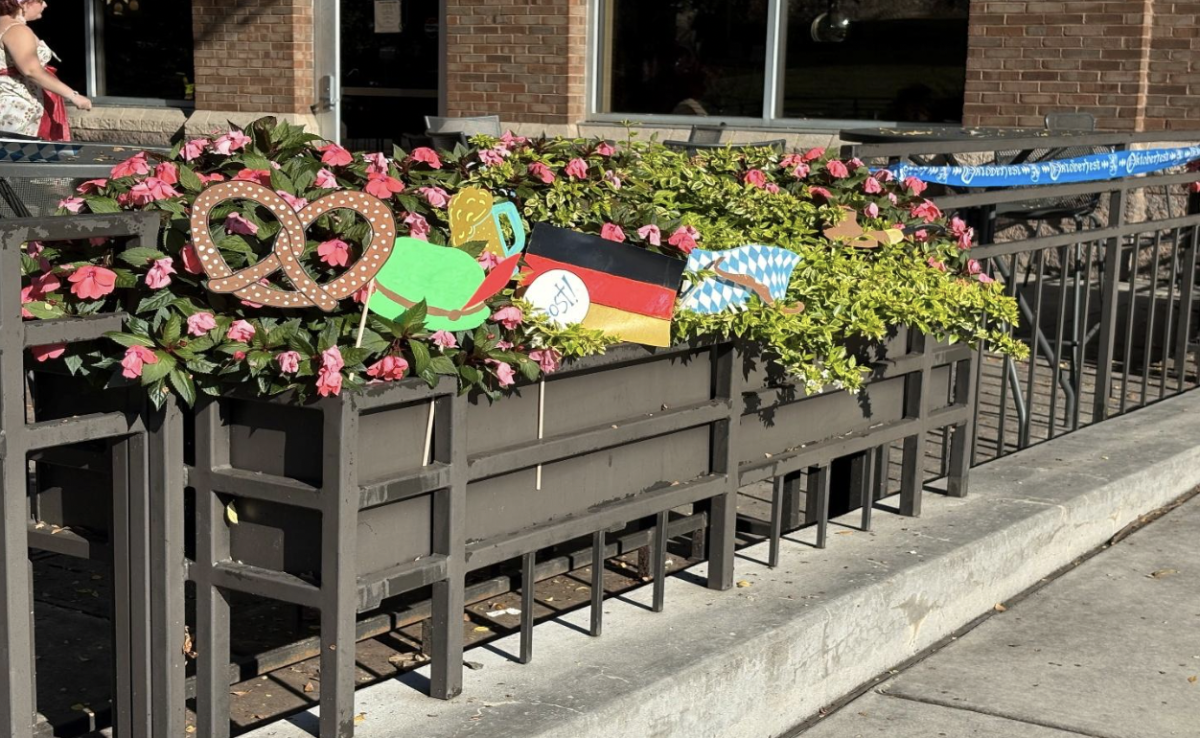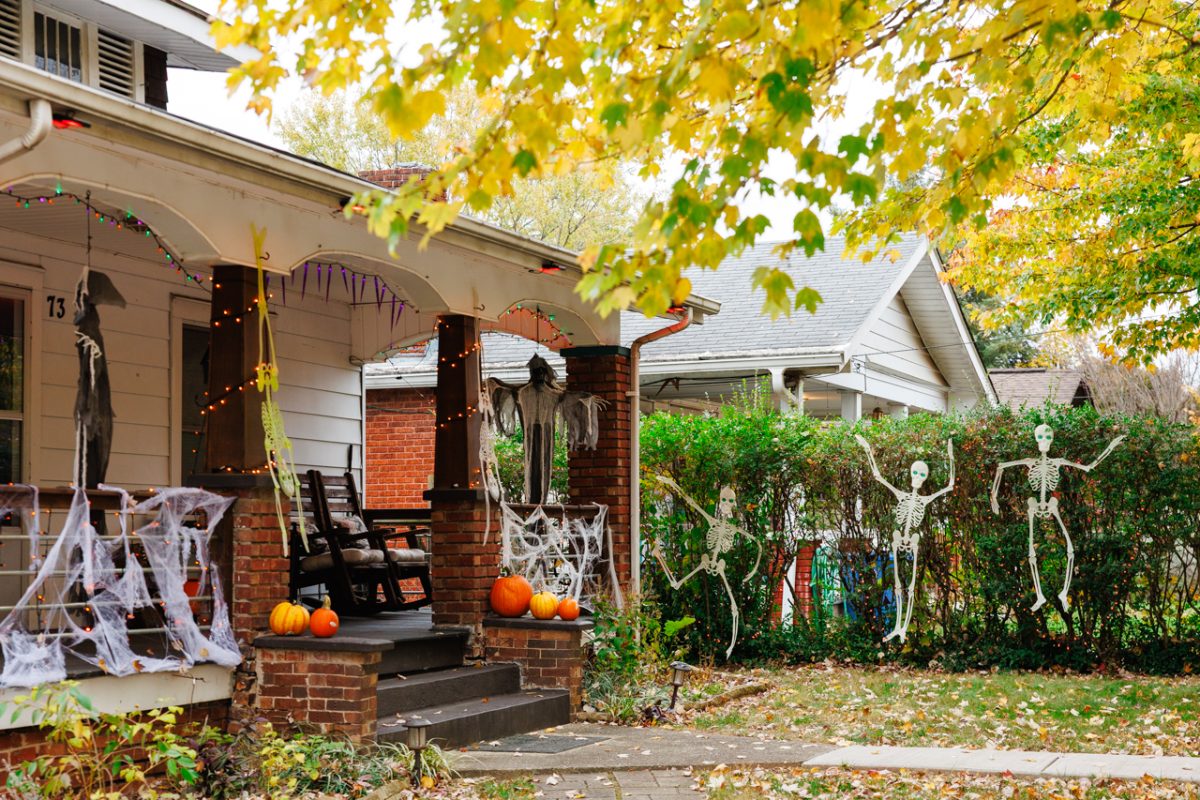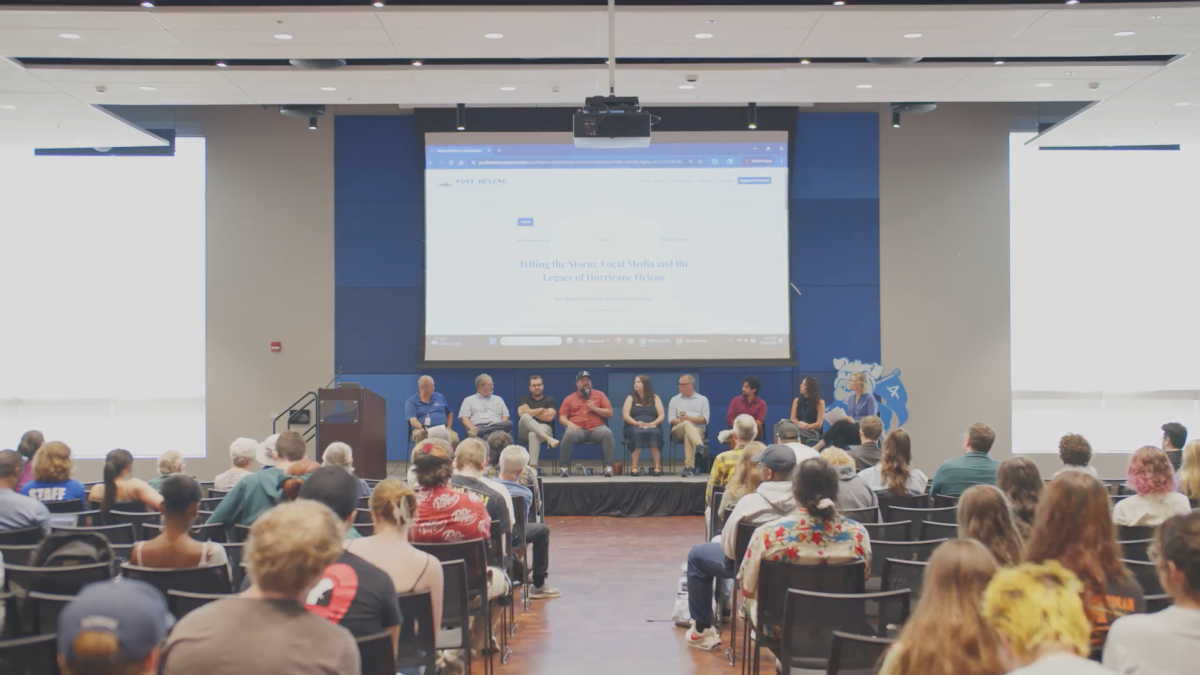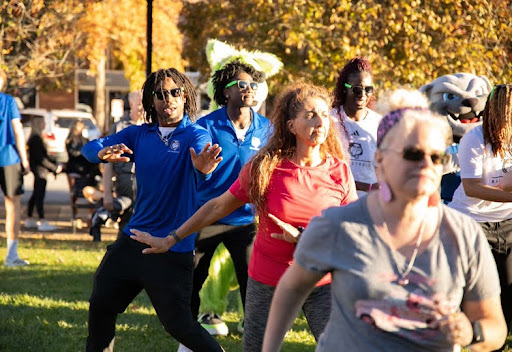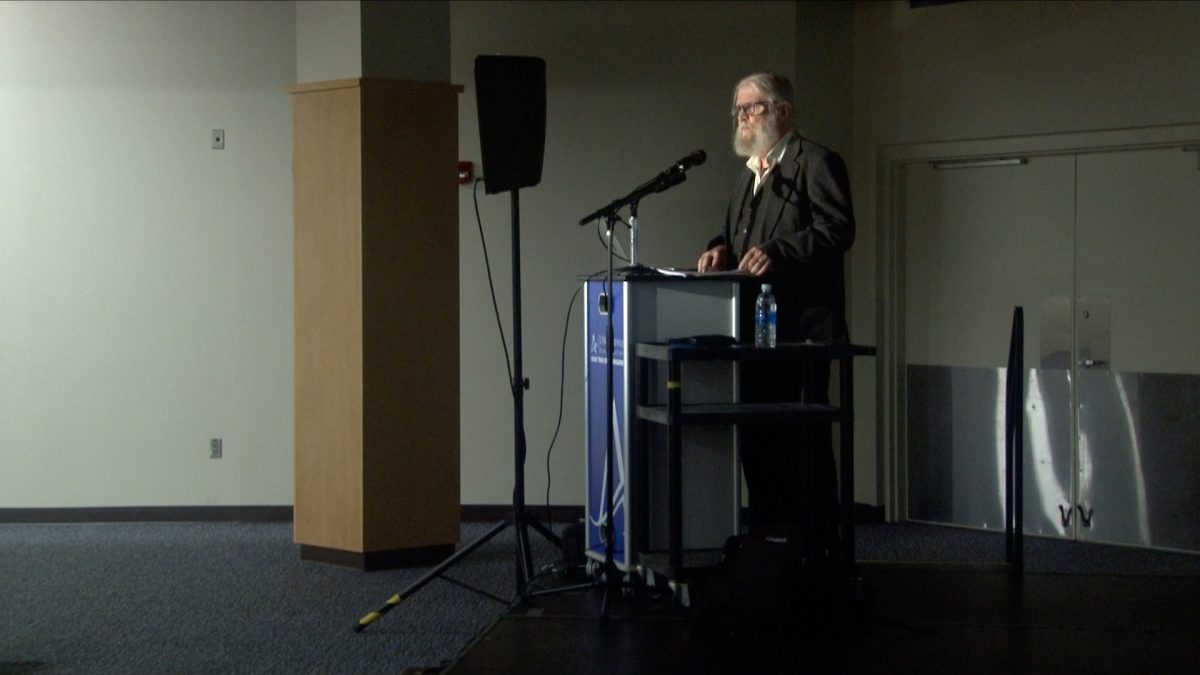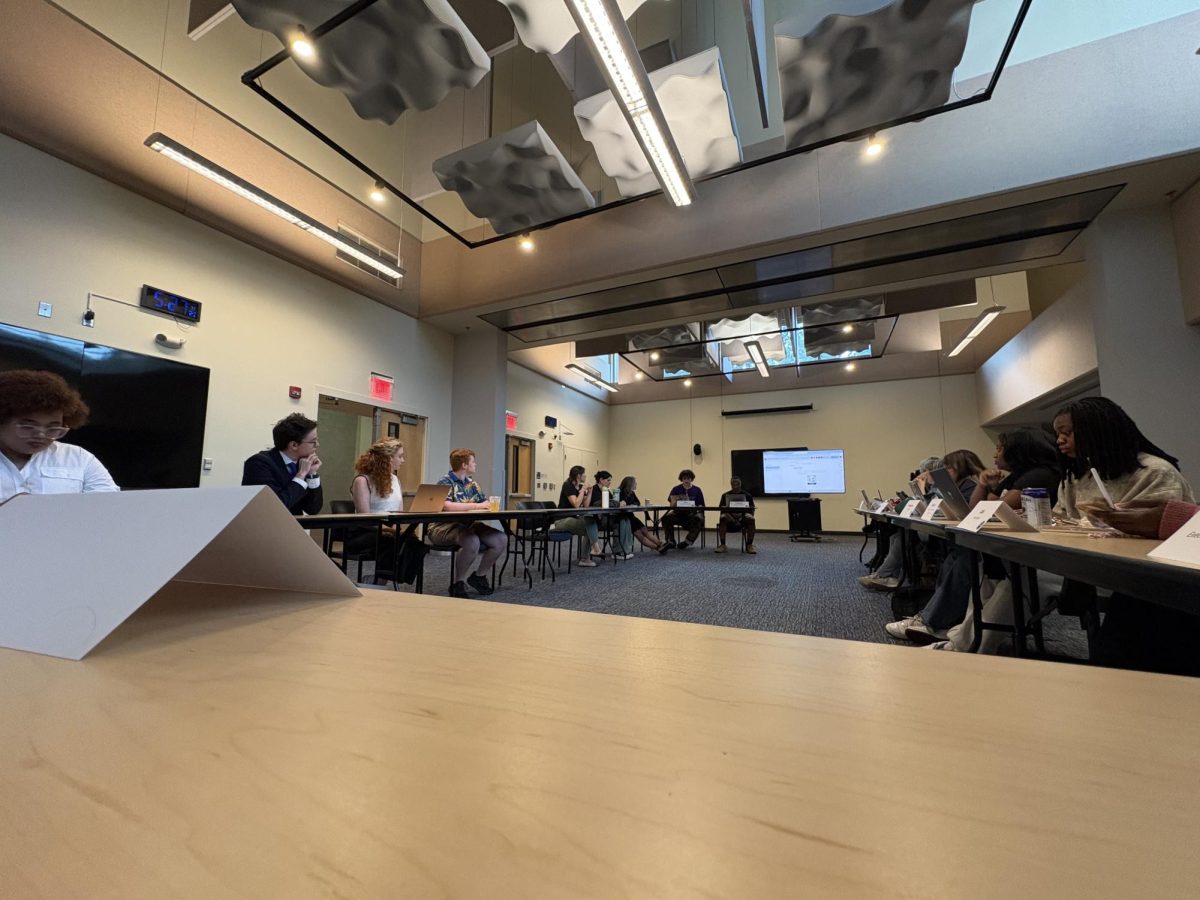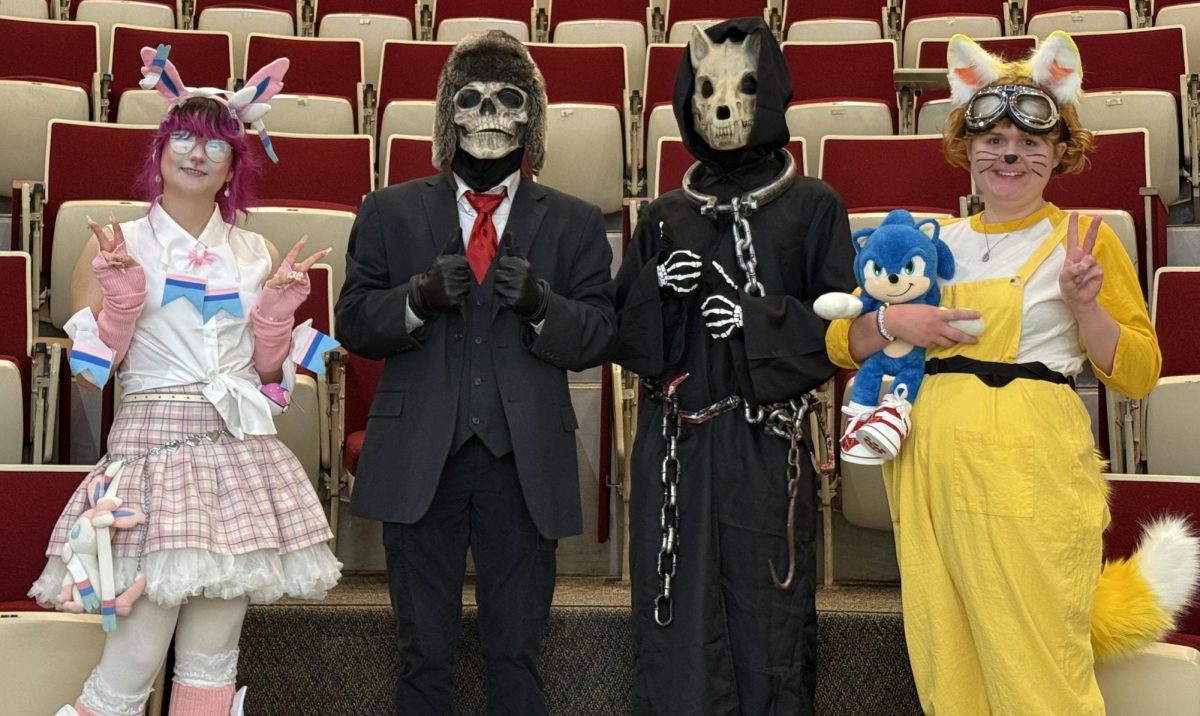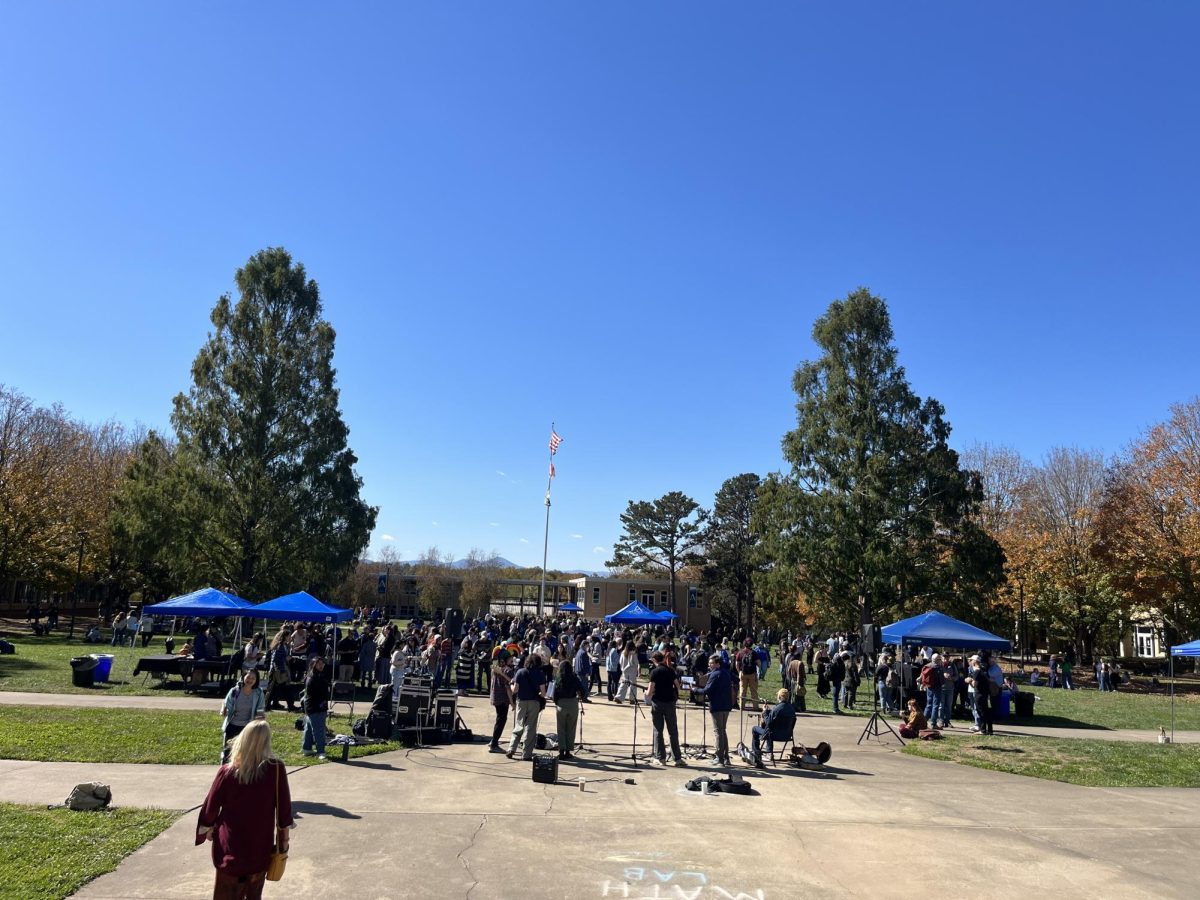
Victoria Carlisle
News Staff Writer
[email protected]
Another school massacre takes the lives of 14 high school students and three faculty members, leaving the U.S. in a state of mourning.
On Wednesday, 19-year-old Nikolas Cruz walked into Marjory Stoneman Douglas High School with an AR-15 assault rifle and opened fire on his former classmates and teachers.
“There’s got to be a reason why we are the only country in the world experiencing this degree of school shootings,” said Pamela Laughon, mitigations specialist and chair and associate professor of psychology at UNC Asheville.
This attack on the Marjory Stoneman Douglas High School students and faculty now has one of the highest total number of deaths, surpassing the Columbine High School massacre.
According to the website of nonprofit organization, Everytown for Gun Safety Support Fund, a school shooting has been defined as anytime a firearm discharges on a school campus. On the website of another nonprofit organization, Gun Violence Archive, school shootings have been defined as a shooting that occurs on the premise of a school while students, staff and/or faculty are present. The differing definitions make it difficult to have an accurate account of how many school shootings the U.S. has experienced.
After every instance of gun violence, the argument of whether the solution is gun control or if the solution is better mental health care ensues.
“You know, to me that is such a good example of bad thinking, because it’s dichotomous right? It has to be one or the other. It’s actually both,” Laughon said.
Cruz was flagged by the FBI five months ago for stating he one day wanted to become a professional school shooter. Even after being flagged by the FBI, Cruz purchased the AR-15 legally.
“He fired out over 150 bullets in seven minutes and then he dropped the gun and walked out with peers with his hands up. That seems to make no sense at all to have that kind of fire power for an 19-year-old, to stroll in, show his license or whatever he did and just walk out with it,” Laughon said.
According to police reports obtained by CNN, the police were called to Cruz’s home 39 times over seven years. Cruz’s adoptive mother passed away last November and he had previously underwent treatment at a mental health clinic, but had not received treatment in over a year.
“Not that anybody cares at the moment about him, but he didn’t become that way in a minute. There was probably a long pattern of the usual things you see in the school shooter backgrounds, that led him to this moment,” Laughon said.
There has been little to no research done on school shooters and gun violence in general as it is difficult to predict the behavior of one person out of a population.
While the behavior of school shooters may be difficult to predict, schools can still take action to keep the communities safe.
UNCA has taken its own measures to ensure safety for its students and employees.
“For the last 20 years or so we have always had emergency management on campus,” said Eric Boyce, assistant vice chancellor for public safety.
In July, UNCA completed a multi-agency emergency planning exercise. Outside agencies such as the Asheville Police Department, Asheville Fire Department, Buncombe County’s Offices of Emergency Services and EMS, Mission Health and EnviroSafe, a preparedness consulting firm, worked with UNCA to ensure, in case of emergency, students and staff would be able to receive immediate help.
While tragedies are inevitable, Boyce said he feels there is always a lesson to be learned from them.
“One very important lesson learned is communication. Having a coordinated response and being able to get together with our community partners and campus partners and talk about our exercises that we do,” Boyce said.
UNCA conducts tabletop and emergency preparation exercises biannually. The tabletops are for UNCA to discuss how to better execute and develop emergency plans. Once every three years UNCA executes the full multi-agency emergency planning exercise to keep communication and strategy plans updated.
“We’ve learned that you can’t just sit there and allow this to happen. You have to do something and that’s why we implemented the ALICE program,” Boyce said.
ALICE is an active shooter training institute program that stands for alert, lockdown, inform, counter and evacuate. According to their website, the training institute was created after the Columbine shooting in 1999.
David Weldon, director of emergency management in environmental health and safety, feels the best thing a school can do is educate and prepare their students and faculty.
“If you face that situation, there are options. You don’t just have to sit there and allow a person to walk by and commit this act,” Weldon said.
Weldon also encourages students to let someone know on campus if they ever feel uneasy about a specific person.
“Just like with this last, you saw that there were a lot of flags, that had somebody followed up on, it might have had a different outcome,” Weldon said.
The ALICE program is offered to any student organizations or groups who are interested. Athletes also go through the program as they travel frequently and the information provided may help them in similar situations in other schools or airports.
“If you’re not there you can’t become a victim. If you recognize danger, you need to move away from the danger immediately, ” Weldon said.
There are resources online for students interested. One resource found on the UNCA police website is the run-hide-fight strategy.
“If you can get out, get out. If you can’t get out, hide out. If you can’t hide out and your life is in imminent danger, you should fight. We’ve done that at freshman orientation for several years now. The training is also available to students in an organization or if they just have a group of students that just want to learn more,” Boyce said.
The lack of a cure-all solution to school shootings leaves schools the with responsibility of educating their students and faculty on how to respond to these situations.
“There’s always lessons learned,” Boyce said. “I don’t know if we can totally stop it, but we know from the past events that have happened and the information we have been able to gather that we’ve got some things that we learned from those, which is unfortunate that tragedies have to happen, but also equally unfortunate if we don’t learn from those things and try to prepare our students better.”
